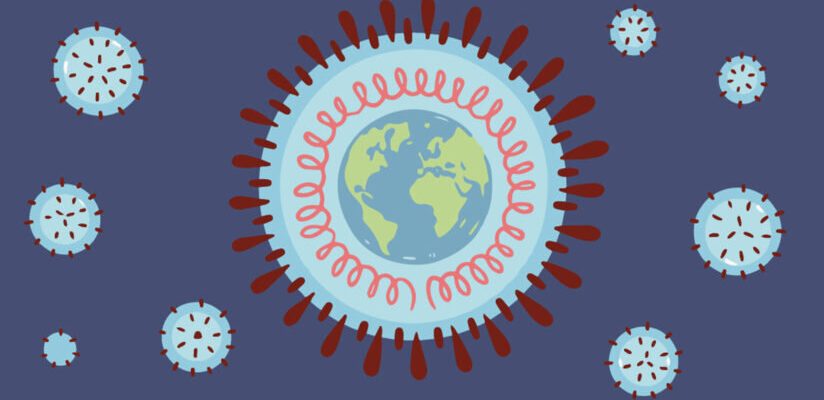Long COVID affects 23% of positive cases, causing symptoms in long haulers that may last for months

A new USC study finds that 23% of people infected with COVID will become “long haulers,” and identifies predictors of who is likely to develop the sometimes-debilitating symptoms that can last for months.
The research, which appears in Scientific Reports, is unique because it accounts for preexisting symptoms such as fatigue and sneezing that are common to other conditions and may be mistaken for COVID symptoms.
“Long COVID is a major public health concern. Twenty-three percent is a very high prevalence, and it may translate to millions of people,” said first author Qiao Wu, a doctoral candidate at the USC Leonard Davis School of Gerontology. “More knowledge on its prevalence, persistent symptoms and risk factors may help health care professionals allocate resources and services to help long haulers get back to normal lives.”
The work finds that obesity and hair loss at the time of infection are predictors of long COVID, but that other underlying conditions—such as diabetes or smoking status—have no discernable link to long-lasting symptoms.
Long COVID: Symptoms last 12 weeks or longer
While SARS-CoV-2 is typically an acute illness lasting about three weeks, some people with COVID have symptoms that last months or longer. The World Health Organization defines long COVID as symptoms that last 12 weeks or longer, a definition that the study’s authors also used. Estimates of the prevalence of long COVID range from 10% to 90% due to evolving diagnostic criteria and differences in study design.
For example, some studies have focused on hospitalized patients, which provided a limited perspective on long COVID in the broader population.
USC researchers used an internet-based national survey—the Understanding Coronavirus in America tracking survey, conducted by the Center for Economic and Social Research (CESR) at the USC Dornsife College of Letters, Arts and Sciences—with an estimated 8,000 respondents from across the country.
From March 2020 to March 2021, researchers invited participants to answer biweekly questions about COVID. Their final sample included 308 infected, non-hospitalized individuals who were interviewed one month before, around the time of infection and 12 weeks later.
Who will get long COVID? ‘Long-haulers’ describe symptoms
After accounting for preexisting symptoms, about 23% of the participants reported that they had experienced new-onset symptoms during infection which lasted for more than 12 weeks, meeting the study’s definition of long COVID.
The new-onset, persistent symptoms most commonly experienced by long COVID patients were:
- Headache (22%).
- Runny or stuffy nose (19%).
- Abdominal discomfort (18%).
- Fatigue (17%).
- Diarrhea (13%).
In addition, the researchers found that people had significantly higher odds of experiencing long COVID if, at the time of infection, they:
- Were obese
- Experienced hair loss
- Experienced headache
- Experienced a sore throat
Unexpectedly, the odds of long COVID among people who experienced chest congestion were lower. There was a lack of evidence relating the risk of long COVID to preexisting health conditions such as diabetes or asthma, or age, gender, race/ethnicity, education or current smoking status.
Source: Read Full Article
